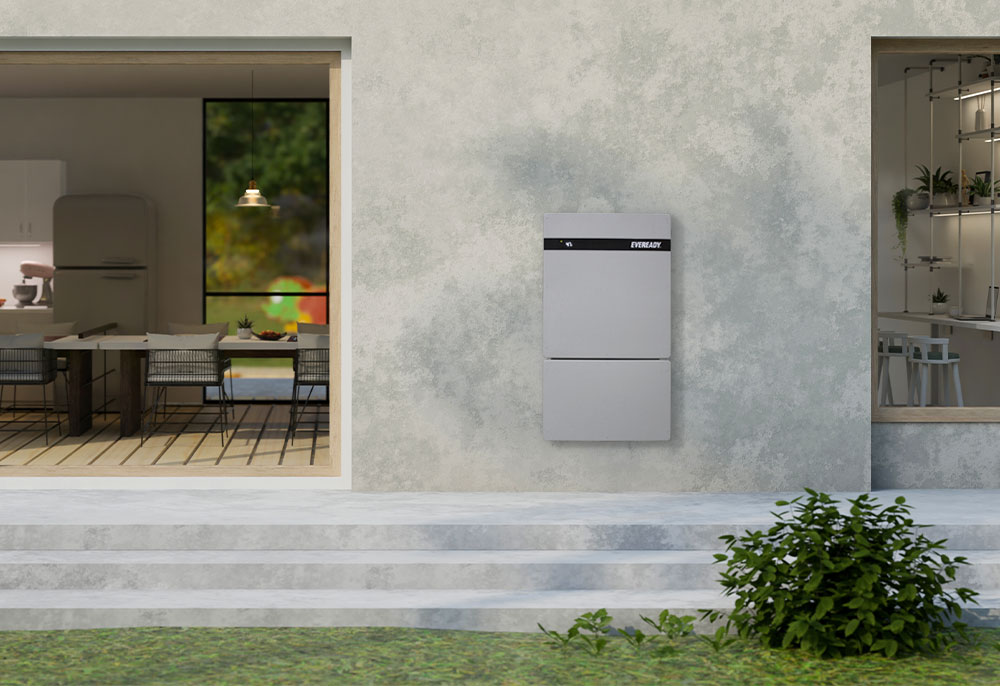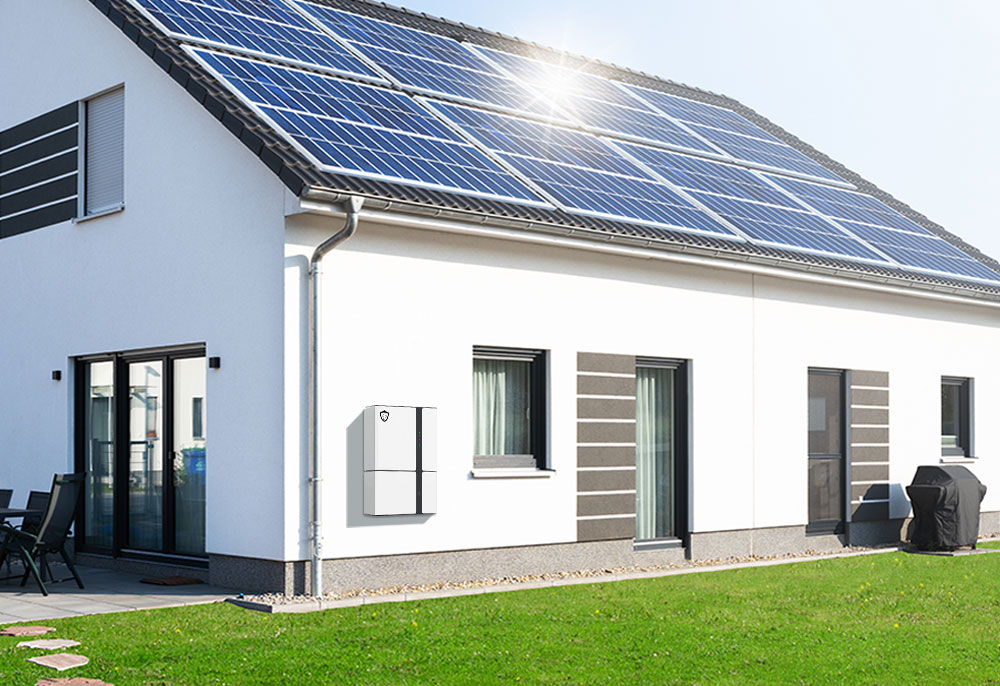Investing in a solar battery, like the Alpha ESS, can be a game-changer for managing home energy use, reducing grid dependence, and maximising your savings.
Actively monitoring your battery system through the Alpha ESS app ensures you get the most out of your investment by tracking your system’s health and optimising its lifespan. To simplify this, let’s break down some key terms and features within the app that help you better understand your energy data.
Key Energy Terms in the Alpha ESS App
Solar (PV)
The term “PV” refers to the power your solar panels generate. This energy can be used directly in your home or stored in your battery for later use. PV output can fluctuate based on factors like the time of year and current weather conditions, so monitoring this can help you understand how much solar power your system is producing.
Feed-In
Once your battery is fully charged and your home’s immediate energy needs are met, any excess energy can be returned to the grid. This process is called “feed-in,” and your energy retailer provides a credit for each kilowatt-hour you export. This feature is valuable for maximising your solar system’s energy production, especially during sunny periods when energy output is high.
To protect battery health, a small portion of power (around 15%) is usually reserved to prevent the battery from fully discharging.
Battery State of Charge (SOC)
The SOC indicator shows how much charge is stored in your battery, expressed as a percentage. A reading of 100% means your battery is fully charged, while a lower percentage indicates that it’s partially or mostly depleted. To protect battery health, a small portion of power (around 15%) is usually reserved to prevent the battery from fully discharging.
Load
Load represents the energy your home is currently using, measured in real-time. This energy may come from your solar panels, battery, the grid, or a combination of sources. Your load can vary significantly throughout the day depending on what appliances and devices you’re using.
Consumed/Grid Consumption
This value shows how much energy your home has pulled from the grid. Grid consumption is often directly related to your load—once your battery is depleted, the grid will supply any additional energy required. Keep in mind that if you’re on a Time of Use tariff, grid rates may vary depending on the time of day.
Exploring the Alpha ESS Battery App Features
Figure 1 – My System: Real-Time Overview
This section of the Alpha ESS app offers a real-time power diagram, giving you an instant snapshot of your system’s current performance. It shows your solar production, battery charge or discharge status, home energy consumption, and any grid import/export activity.
Figure 2 – Statistics: Your Energy History
The statistics feature displays energy data over adjustable timeframes. Whether you want a daily, monthly, or yearly overview, this tool lets you see trends in your energy production and consumption. It’s beneficial for reviewing historical data and tracking how much energy you’ve saved over time.
Figure 3 – Power: A Closer Look at 24 Hours
The Power section provides a detailed, hour-by-hour analysis of energy activity over a 24-hour period. You can monitor when your battery discharges and charges and when your solar system generates energy. For example, you may see your battery discharging during the night, then charging once the sun rises and solar energy production begins.
Daily and historical insights help you fine-tune energy consumption habits
How This Information Helps You Maximise Savings
With a solid understanding of these key terms and features, you can make the most of your Alpha ESS battery by monitoring energy usage patterns, battery performance, and solar production. Daily and historical insights help you fine-tune energy consumption habits, potentially increasing your savings and extending your battery’s lifespan.
The data you see in the app is made possible by metering equipment installed at your switchboard. While the data is as accurate as possible, certain property layouts may affect readings. If you ever have questions about your data or need assistance, reach out to our Product Support team at (03) 7037 0191.
Understanding and actively monitoring your Alpha ESS battery can go a long way in optimising your energy usage and savings. With the right information, you’re empowered to make the best decisions for your home’s energy needs, ensuring your solar investment works harder for you.




















